Classic French Fruit Tart
This post may contain affiliate links. Read my full disclosure policy.
Whip up a French fruit tart that could dazzle in the window of a fancy bakery—with its buttery shortbread crust, luscious vanilla custard, and a vibrant mix of fresh fruits, it’s a simple yet elegant treat for any occasion.
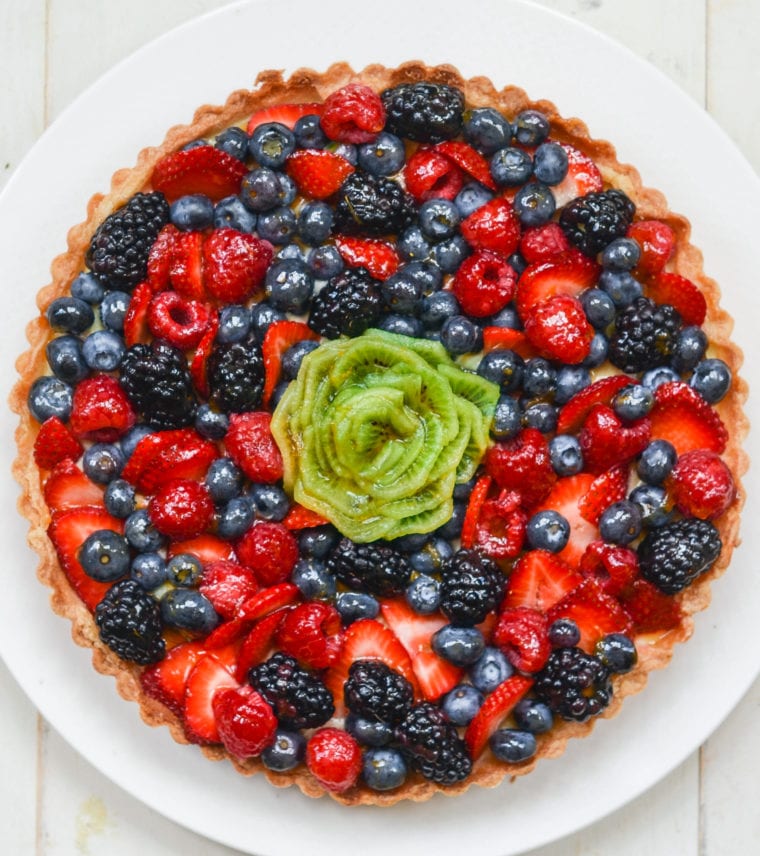
This classic French fruit tart combines three equally delicious elements: a crisp, buttery shortbread crust (or pâte sucrée), a creamy vanilla custard (or crême pâtissière), and heaps of fresh fruit. The recipe comes from my friend Lisa Kolb Ruland, the pastry chef behind the beautiful and inspiring blog Unpeeled. The fruit tart comes together easily but looks like it came straight out of a French pâtisserie window, and it tastes even better than it looks.
You’ll need a 9.5 x 1-inch fluted tart pan with a removable bottom for this recipe. These pans can be ordered online or found in any kitchen store (my local hardware store even carries them in their kitchenware section). Decorating the tart is the fun part. You can do a more traditional French design of carefully arranged fruit (see below), a more free-form fruit pattern, or a mix, like the one shown above. Just have fun with it—as long as you use ample fruit, it will look gorgeous!
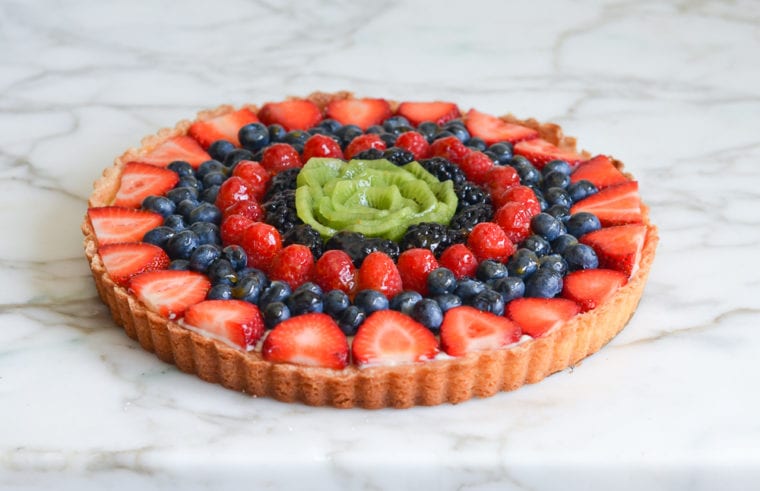
Table of Contents
What You’ll Need To Make A Classic French Fruit Tart
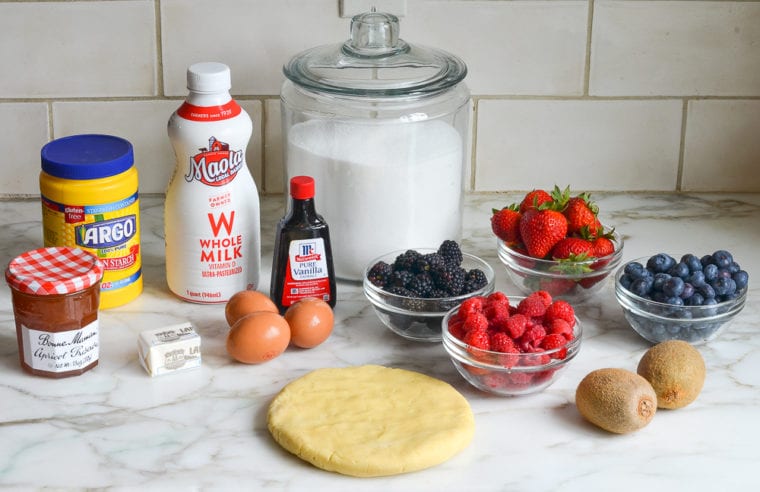
Before we get to the step-by-step instructions, a quick word about the fruit. Fresh berries are a top choice for a French fruit tart. They look pretty and colorful, and they generally stay perky longer than cut fruit. If you’d like to add a pop of additional color, mango and kiwi slices are good options, as they will not oxidize and turn brown (avoid sliced apples and bananas for this reason). It’s best to also avoid melon and other fruit with high moisture content, like sliced citrus, as these fruits will wilt quickly and seep moisture into the pastry cream.
Step-by-Step Instructions
Step 1: Prepare the Crust
Prepare the pâte sucrée recipe through baking and cooling. A pâte sucrée is a crisp yet tender pastry crust that is slightly sweet. (In French, pâte means dough and sucrée means sweet.) The dough maintains its shortbread-like texture even when chilled, which makes it ideal for tarts that require refrigeration.
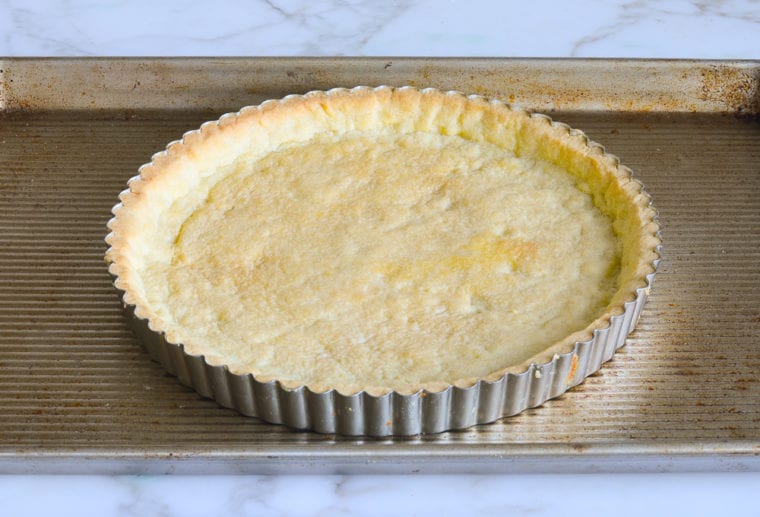
Step 2: Make the Pastry Cream
Pastry cream, or crême pâtissière, is a sweet, vanilla pudding-like custard that is used in many desserts, like cream puffs, éclairs, and fruit tarts. To make it, begin by heating the milk in a medium pot until just boiling. Remove the pot from heat.
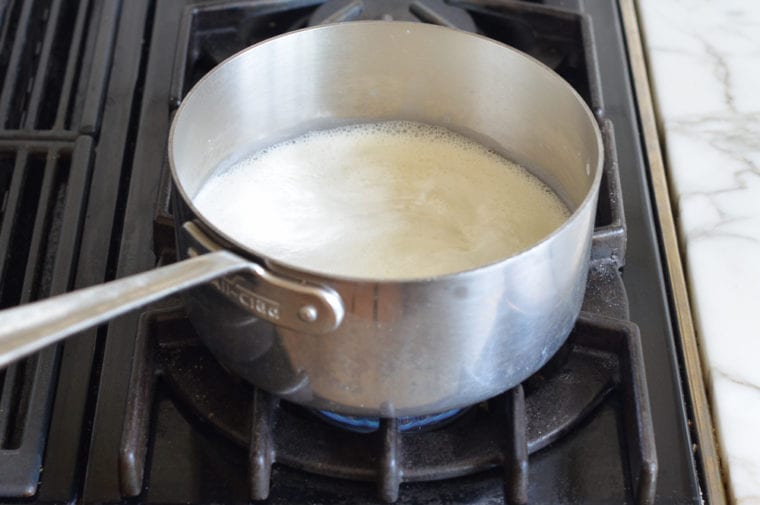
Add the sugar, egg, egg yolks, and cornstarch to a heat-proof mixing bowl.
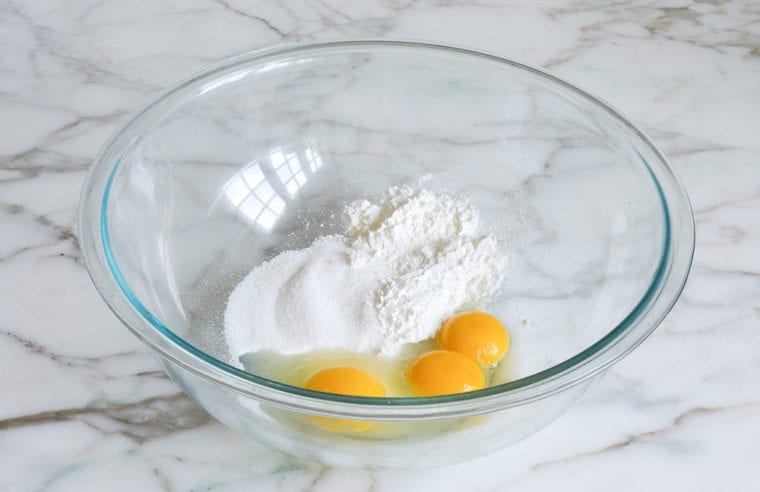
Whisk until the mixture is very smooth and has lightened in color, about 2 minutes.
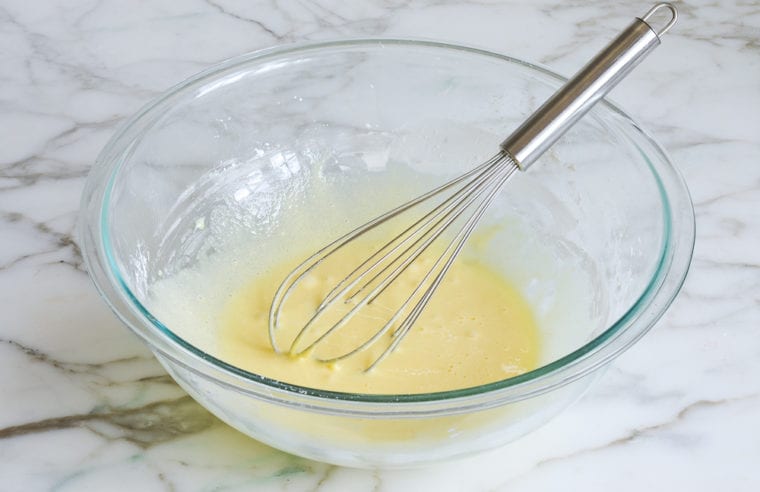
Whisking constantly, add about a quarter of the hot milk into the egg mixture.
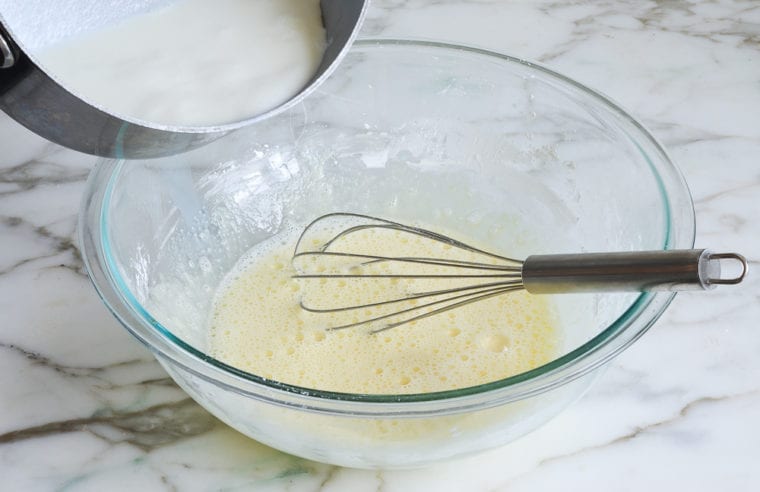
Pour the milk-tempered egg mixture into the pot of the remaining milk. Whisk to combine.
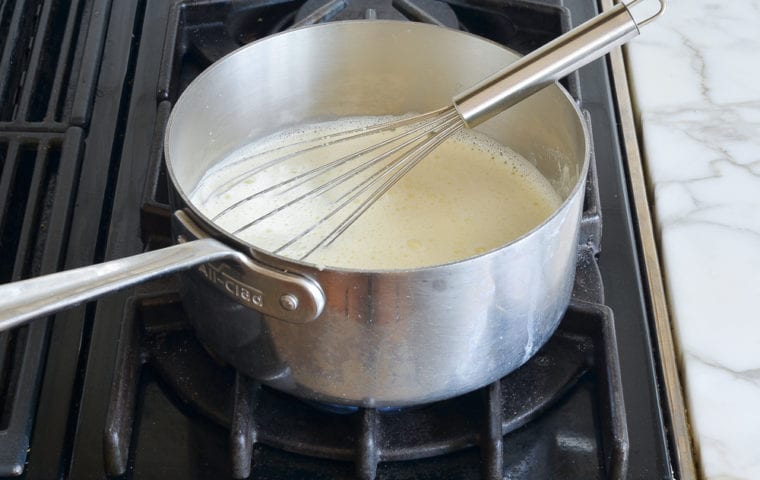
Return the pot to the heat and cook over medium heat, whisking constantly to prevent “scrambled eggs,” especially on the sides and bottom, until the pastry cream thickens, about 2 minutes. A flat whisk is ideal for this task. Stir in the butter and vanilla.
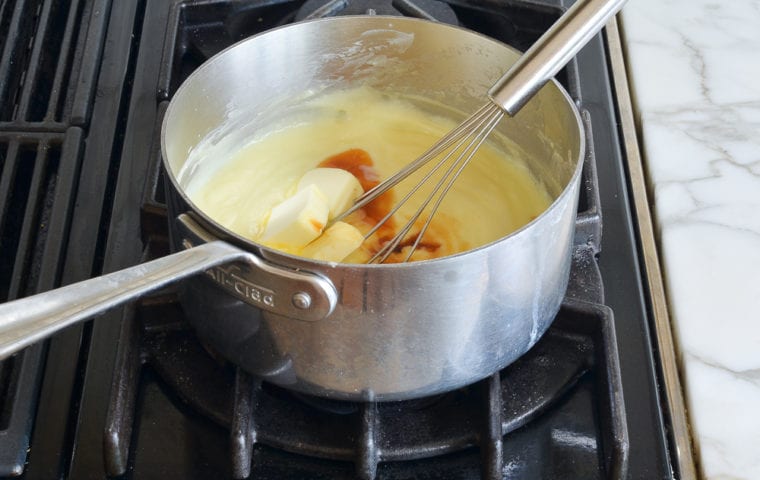
Cook one minute more, whisking constantly. The pastry cream should make thick, lazy bubbles.
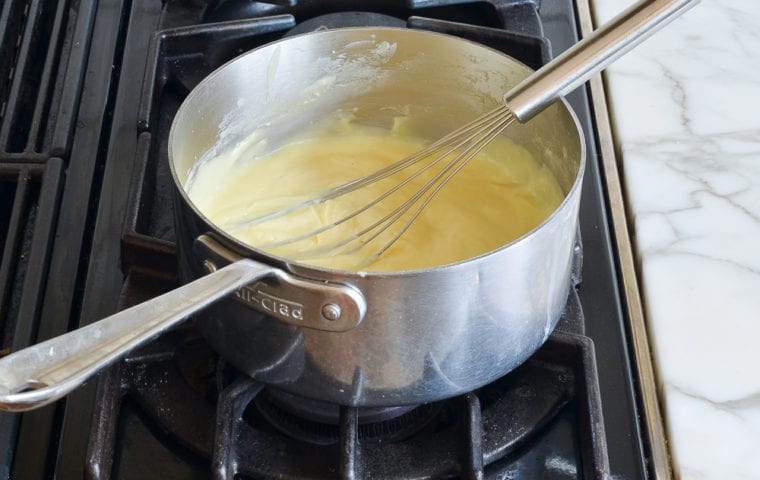
Pour the thickened pastry cream into a clean, shallow bowl. Cover it with plastic wrap and push it down in the bowl so it sits directly on the surface of the pastry cream. This prevents a skin from forming on top. Chill until cold, a few hours or up to 2 days.
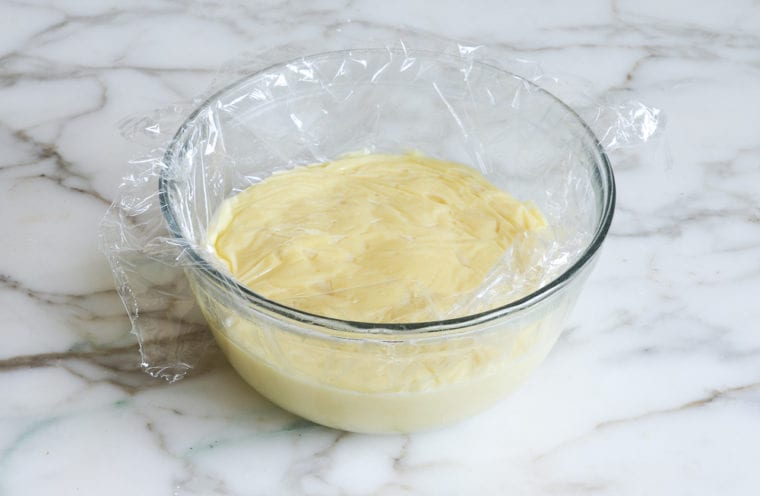
Step 3: Assemble the Fruit Tart
Remove the tart ring and transfer the tart shell to a serving platter. Whisk the chilled pastry cream until smooth, then spread it evenly into the tart shell using an offset spatula.
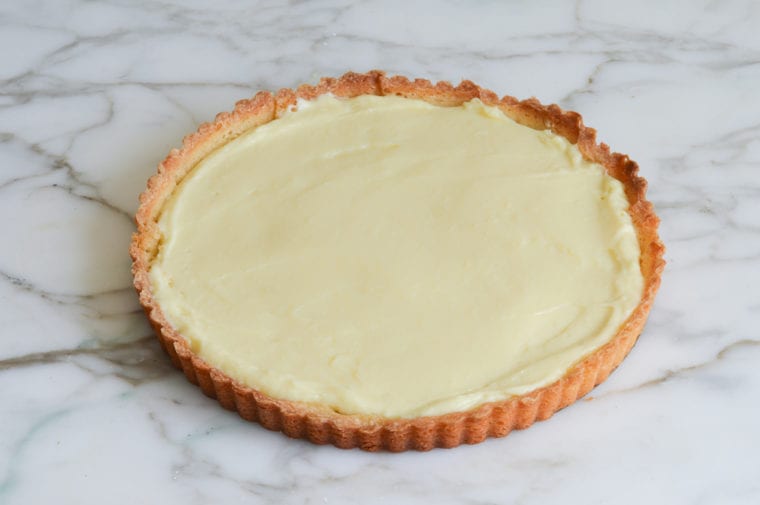
Arrange a generous amount of fruit over the pastry cream in your desired design. As mentioned above, you can do a more traditional French design of concentric circles of arranged fruit (see bottom of post for an example), a free-form fruit pattern, or a mix. Be sure to be generous with the fruit and cover the pastry cream completely.
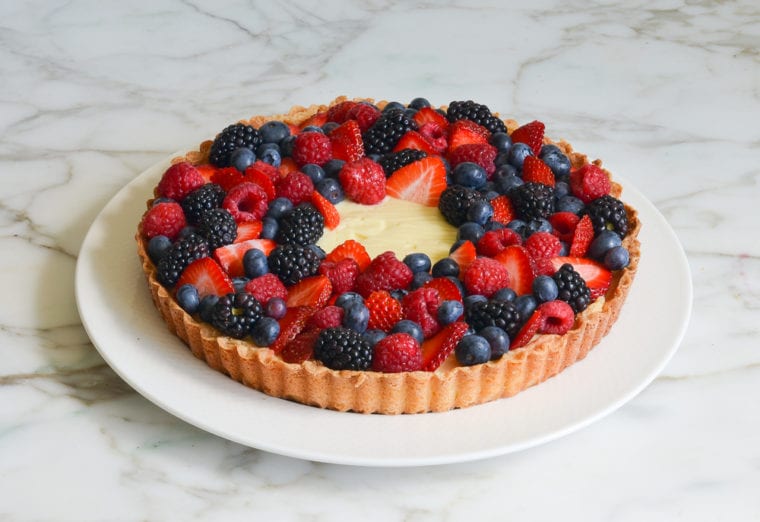
If you’d like to do a mango or kiwi slice rosette in the center, leave a space in the middle of the tart. Start from the outside and work your way to the center, overlapping each slice a little on top of the next.
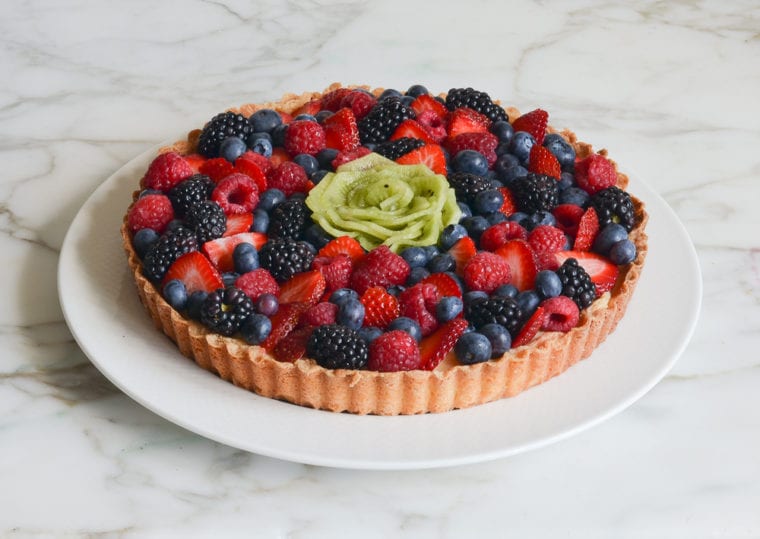
Finally, heat the apricot jam with a tablespoon of water and dab it over the fruit. This glaze makes the fruit tart shine and also locks in the fruit’s freshness.
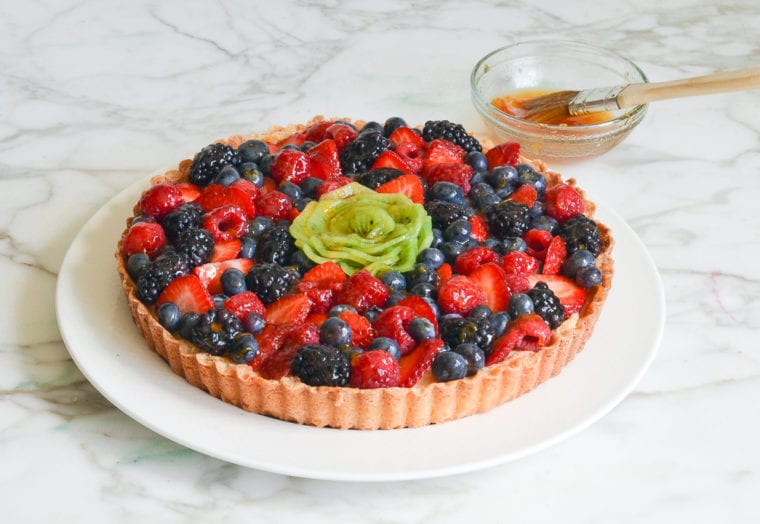
You May Also Like
Classic French Fruit Tart
Whip up a French fruit tart that could dazzle in the window of a fancy bakery—with its buttery shortbread crust, luscious vanilla custard, and a vibrant mix of fresh fruits, it’s a simple yet elegant treat for any occasion.
Ingredients
- 1 recipe pâte sucrée (sweet tart dough)
- 2 cups whole milk (do not substitute low-fat or skim milk)
- ½ cup sugar
- 3 tablespoons cornstarch
- 1 large egg
- 2 large egg yolks
- 3 tablespoons unsalted butter, cut into pieces
- 2 teaspoons vanilla extract
- About 4 cups fresh mixed berries of choice, plus other fruits, such as sliced kiwi or mango (see note)
- ¼ cup apricot jam
Instructions
- Make the Crust: Complete the pâte sucrée through baking and cooling.
- Make the Pastry Cream: In a medium pot, heat the milk until just boiling. Remove the pot from heat. While the milk is warming, in a heat-proof mixing bowl, whisk together the sugar, egg, egg yolks, and cornstarch. Whisk until the mixture is very smooth and has lightened in color, about 2 minutes. Whisking constantly, add about a quarter of the hot milk into the egg mixture. (This is called tempering. Tempering the eggs helps raise their temperature without cooking them, and helps emulsify them into the milk.) Pour the milk-tempered egg mixture into the pot of the remaining milk. Whisk to combine. Return the pot to the heat and cook over medium heat, whisking constantly to prevent “scrambled eggs,” especially on the sides and bottom, until the magic happens and the pastry cream thickens, about 2 minutes. Stir in the butter and vanilla and cook one minute more, whisking constantly. The pastry cream should make thick, lazy bubbles. (See note below if you see any coagulated bits of egg in your custard.) Pour the thickened pastry cream into a clean, shallow bowl. Cover it with plastic wrap and push it down in the bowl so it sits directly on the surface of the pastry cream. This prevents a skin from forming on top. Chill until cold, a few hours (or up to 2 days before serving).
- Assemble the Tart: Remove the tart ring and transfer the tart shell to a serving platter. Whisk the chilled pastry cream until smooth, then spread it evenly into the tart shell using an offset spatula. Arrange a generous amount of fruit over the pastry cream in your desired design. In a small saucepan, heat the apricot jam with 1 tablespoon of water over medium heat, whisking, until thin. (Alternatively, heat it in a heat-proof bowl in the microwave for about 30 seconds.) If the jam is especially chunky, strain it through a sieve. Use a pastry brush to gently dab the fruit with a thin layer of apricot glaze. Chill until ready to serve.
- Note: Avoid melon and other fruit with high moisture content, like sliced citrus. These will wilt quickly and seep moisture into the pastry cream. Also avoid oxidizing fruit like apples and bananas; these fruits will turn brown. Berries should be fully dried after rinsing (raspberries should not be washed) and strawberries should be sliced.
- Note: If you see any coagulated egg bits in your finished custard, strain the hot pastry cream through a fine mesh strainer.
- Make-Ahead Instructions: The pastry cream can be made up to 2 days before serving. The tart can be assembled and refrigerated up to one day before serving.
Nutrition Information
Powered by ![]()
- Per serving (10 servings)
- Calories: 349
- Fat: 16 g
- Saturated fat: 10 g
- Carbohydrates: 47 g
- Sugar: 29 g
- Fiber: 2 g
- Protein: 5 g
- Sodium: 95 mg
- Cholesterol: 108 mg
This website is written and produced for informational purposes only. I am not a certified nutritionist and the nutritional data on this site has not been evaluated or approved by a nutritionist or the Food and Drug Administration. Nutritional information is offered as a courtesy and should not be construed as a guarantee. The data is calculated through an online nutritional calculator, Edamam.com. Although I do my best to provide accurate nutritional information, these figures should be considered estimates only. Varying factors such as product types or brands purchased, natural fluctuations in fresh produce, and the way ingredients are processed change the effective nutritional information in any given recipe. Furthermore, different online calculators provide different results depending on their own nutrition fact sources and algorithms. To obtain the most accurate nutritional information in a given recipe, you should calculate the nutritional information with the actual ingredients used in your recipe, using your preferred nutrition calculator.

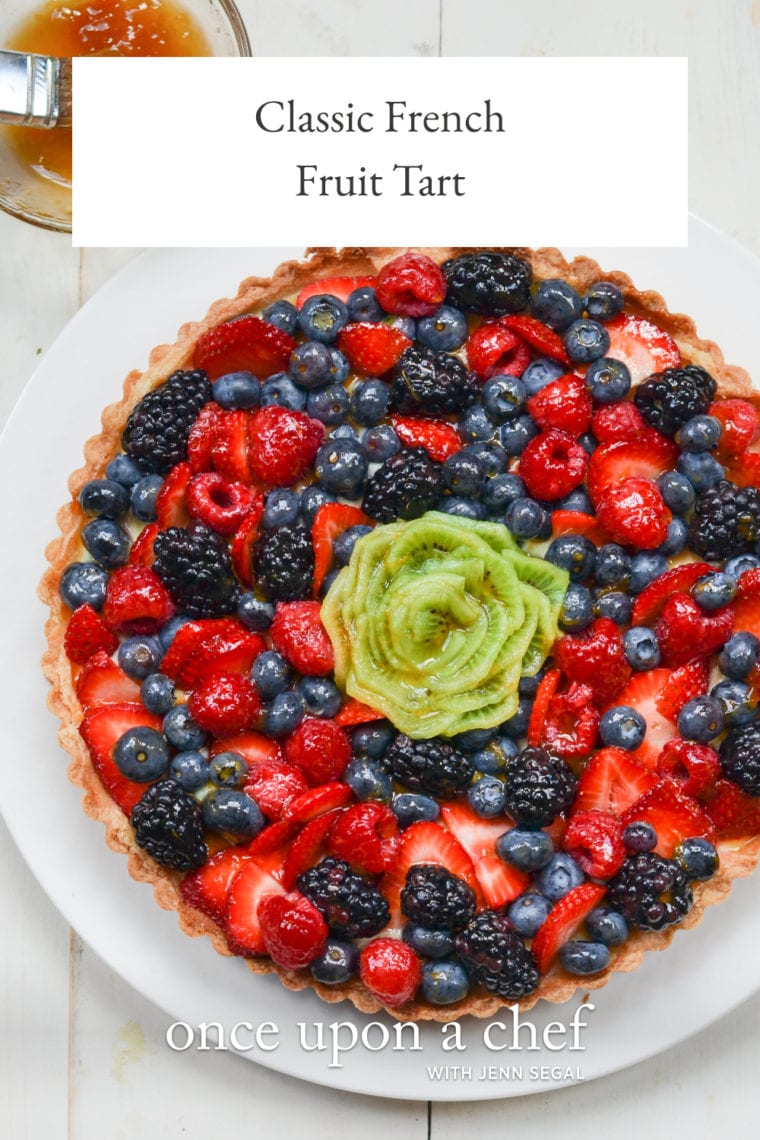
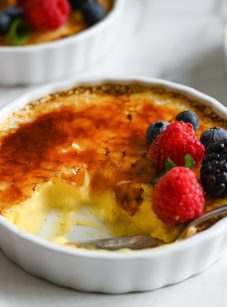
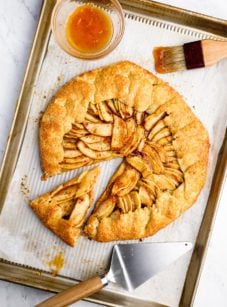
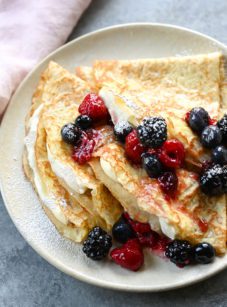
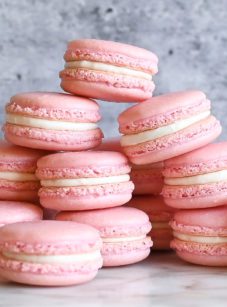
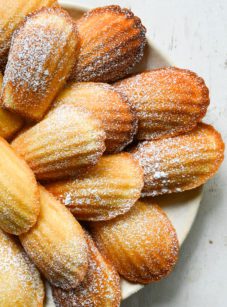
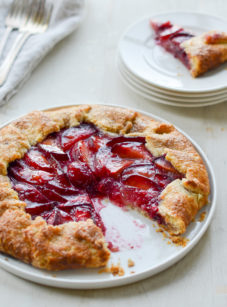
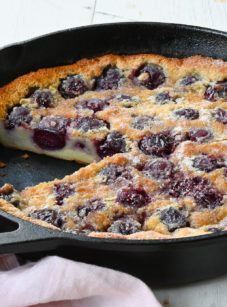
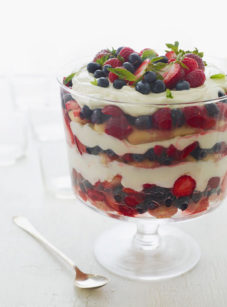
Hi Jenn,
Do you think any leftover tart would be ok to freeze? It’s just the two of us and I don’t think we should eat the whole thing, even though we’ll probably want to! Looking forward to making this!
I’d be a little hesitant to freeze this because of the dairy it has but if it’s going to go to waste otherwise, I think it’s definitely worth a try. If you do freeze it, I’d love to hear how it is once you’ve thawed it!
I’m not a baker/dessert person and this was delicious.. however the cream was very soft like pudding. I was hoping it would be thicker and set more so we could serve sliced pieces. Should I have whisked more or had the milk cook a little longer? It had one bubble when I took it off heat.
Hi Thuy, Sorry to hear this was not the right consistency. From what you’re describing, it sounds like you didn’t cook the custard enough. You mentioned that it had one bubble when you removed it from the heat. It should be a gentle boil, but you’ll want to cook it until you have multiple bubbles form. Hope that helps!
super simple to make. crust had a delightful taste as well as the cream. I did use almond milk in the custard instead of the whole milk. pastry got a little wet but I did use slice apricots and peaches which may of contributed. next time I will use the whole milk. this recipe is a keeper.
Made this recipe including the pâte sucrée crust recipe https://www.onceuponachef.com/recipes/pate-sucree-sweet-tart-dough.html
and it was lovely. Wonderful, compliments abound. The only problem is I forgot to take a photo and tips on how to handle the pâte sucrée plate but that is neither here nor there. This is one of the most accurate recipes I have ever made.
Tips:
Have the vanilla and butter ready to add to the thickening custard since it is a non-stop whisk adventure. Or have a handsome sous chef at the ready.
For those who want a faster custard chill, in a 1 gallon zip lock bag put crushed ice and spread it over the low bowl or plate on top of the cellophane. This will help the the whole cool faster as heat rises.
I made this for a friend’s anniversary party and it was absolutely delicious. Your recipes never fail me! Even on one of the hottest days of the year (+38 C) it held up beautifully. Thank you so much for sharing your talents with the foodie world.
i loved it
The time estimates at the top are really misleading as you don’t include the set time for the custard until you get there in the recipe. It was a fun surprise an hour before I had to leave that you recommend letting it “Chill until cold, a few hours or up to 2 days”. I used the freezer and am just hoping it all turns out fine (I think it will).
Recipe is great, made a small tweak to add a pinch of nutmeg, cinnamon, and cloves for a nice almost christmas-y kick.
I’ve made this twice. It’s such an elegant dessert. I would like to make a version where I add lemon juice to the custard. Any suggestions as to amount and at what point I should add it?
Hi Susan, glad you like it! Instead of using lemon juice, I’d suggest up to a teaspoon of very finely grated lemon zest. (I’d add it right as you’re finishing cooking the custard.)
The fruit tart was amazing! I’d like to make mini 3” fruit tarts. How many will the recipe make? How long should they long and what temperature should be baked?
Hi Michele, so glad you enjoyed the tart! I honestly don’t know how many 3 inch versions you can make from these ingredients. The bake time should be about 20 minutes for the crust and the temperature can remain the same. Please LMK how they turn out if you make minis!
Thanks for another delicious recipe! All your recipes are just great!
Great recipe. One enhancement I made was adding a chocolate coating the inside of the crust before assembling the tart. Just grabbed a bag of dipping chocolates and brushed it on. Not only does it add to the flavor, it keeps the crust from absorbing the moisture from the custard.
Hi, thank you for the recipe, it was yummy! Definitely will do it again.
I just have 2 issues: 1) the cream was quite runny, I did use whole full cream milk. I used superfine caster sugar. Can I ask, for the sugar used for the cream, is it caster sugar or icing sugar? I saw other recipes using icing sugar (which has corn flour in it) so I am wondering is that why my cream was runny? Because it has no cornflour in the sugar as compared to the icing sugar? Cornflour will help to thicken and set the cream correct?
2) my tart cracked… any idea why?
Many thanks 🙂
Hi Joey, I’m sorry about the delayed response. Glad to hear you enjoyed the tart despite a few issues. I strongly suspect that the texture of the cream was as a result of the sugar that you used. Granulated sugar is definitely best for this. And regarding the tart cracking, it may have been that you didn’t get the dough pressed down thoroughly enough in the pan. Another possibility that may have contributed to it is, again, the kind of sugar that you used. Hope that helps!